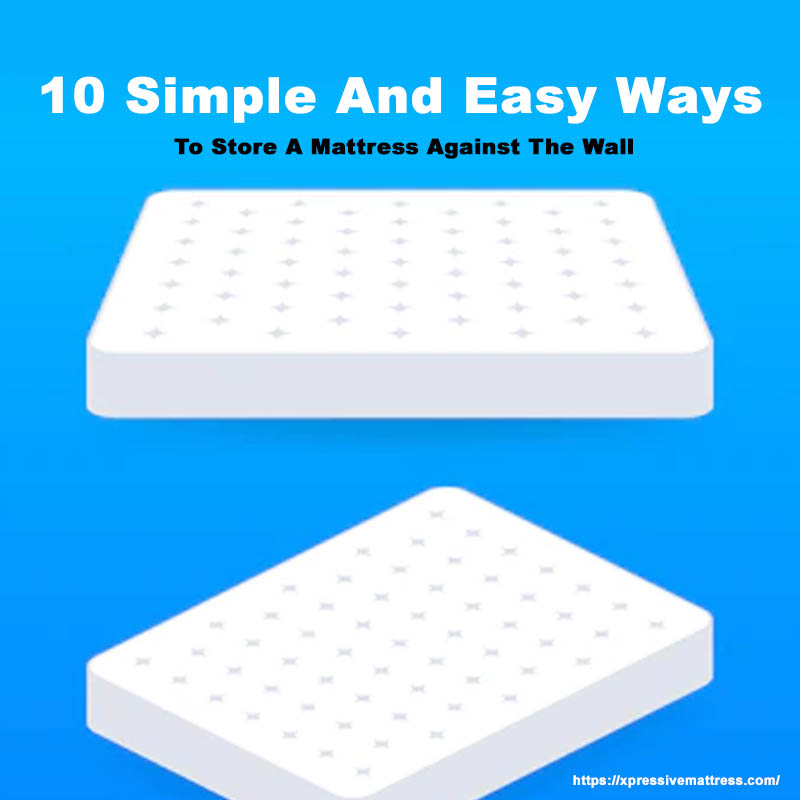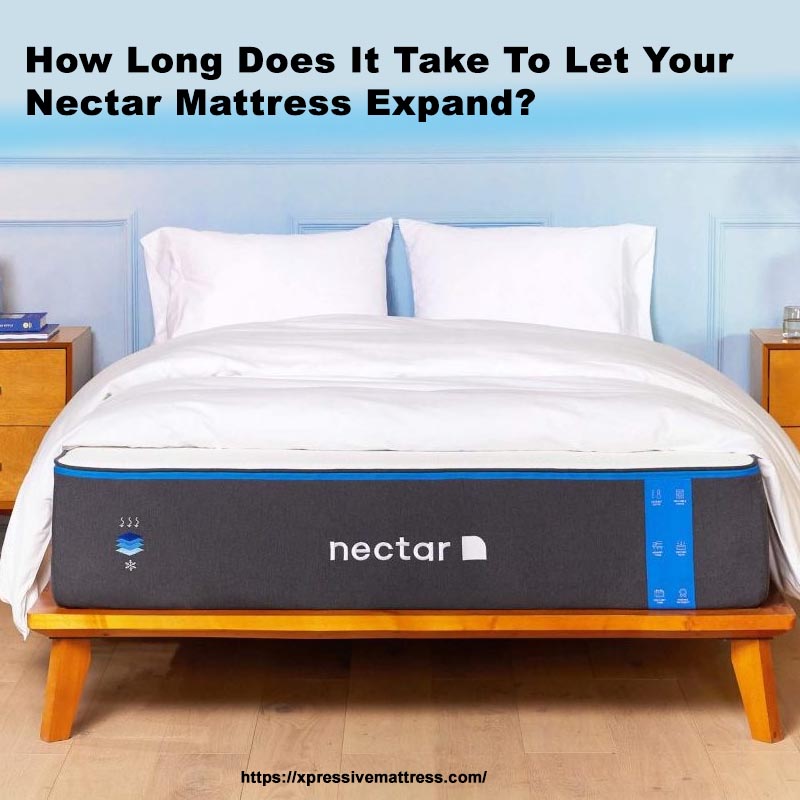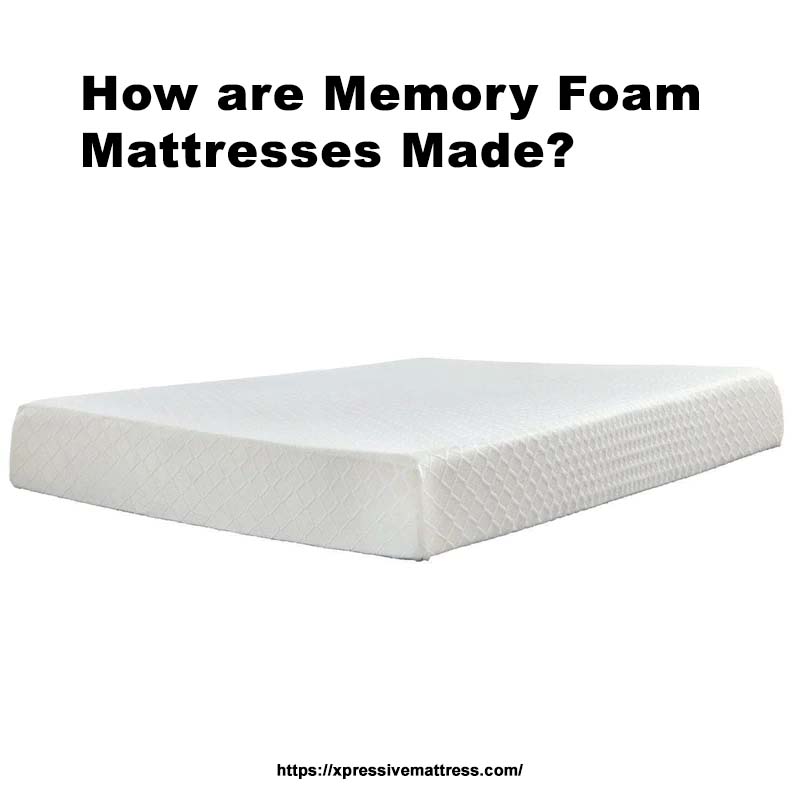Reading a mattress tag is important in finding the right bed for you.
It can help determine if it’s comfortable, supportive, and durable enough to meet your needs.
With so many different types of mattresses on the market today, understanding each label will ensure that you get exactly what you’re looking for! Here are some tips on how to read a mattress tag:
- Look at materials used – Check out which foam or coils were used.
- Consider firmness level – Is it soft? Firm? Medium-firm?
- Examine warranty information – How long does the coverage last, and who covers repairs/replacements.
- Read care instructions – What kind of cleaning products should be avoided when caring for this model.
- Check certifications and safety standards – Are there any special labels like CertiPUR-US® or OEKO-TEX® Standard 100 certification indicating quality assurance from third parties?
By taking these steps before making your purchase decision, you’ll have peace of mind knowing that whatever product ends up being chosen meets all the necessary requirements.
What Is A Mattress Tag, And Why Is It Important?
A mattress tag is a label attached to the side of your mattress.
It contains important information about the product, such as:
- Manufacturer’s name and address.
- Date of manufacture.
- Materials used in construction (e.g., foam or springs).
- Care instructions for cleaning and maintenance.
- Warranty details.
This information helps you make an informed decision when purchasing a new mattress, ensuring that it meets safety standards and will last for years!
Knowing what materials are inside your bed can also help identify potential allergens or other health risks associated with certain mattresses.
That’s something especially important if you have allergies or sensitivities.
Additionally, understanding how best to care for your investment ensures its longevity, providing comfort night after night without needing replacement too soon!
What Information Can You Find On A Mattress Tag?
A mattress tag is a label that can be found on the side of your mattress.
It contains important information about the product, such as:
- The manufacturer’s name and address.
- Size (twin, full, queen, or king).
- Date manufactured.
- Materials used in construction (foam layers/coils).
- Care instructions for cleaning and maintenance.
- Warranty details, including length of the coverage period.
- Additionally, it may include other helpful facts, like whether it’s hypoallergenic or fire-resistant!
Knowing this info will help you make an informed decision when purchasing a new bed.
So don’t forget to check out those tags before buying!
How To Decode The Symbol And Abbreviation On The Tag?
Decoding the symbols and abbreviations on a tag can be tricky. Here are some tips to help you out:
- Look for words that may have been shortened or combined, such as “dry clean only,” which is often written as “D/C.”
- Check if there’s an international care symbol – these usually look like a square with one of several different shapes inside it (a circle, triangle ). Each shape has its own meaning. For example, washing instructions will include either a bucket filled with water or two lines in the middle of the square indicating machine-washable items at certain temperatures.
- Pay attention to letters after numbers – they indicate how something should be washed, e.g., “30°C” means 30 degrees Celsius. At the same time, “30°F” stands for Fahrenheit temperature scale. Similarly, W indicates hand-washing, whereas M suggests machine-washable item(s).
- Look up unfamiliar terms online – many tags contain specific fabric names, so researching them could give more information about their cleaning requirements than just what appears on the label itself! For instance, polyester might need special detergent when being laundered. Still, cotton doesn’t require anything extra beyond regular soap and warm water settings from your washer/dryer combo unit.
Understanding The Foam Density And Firmness Rating
Foam density and firmness rating are important factors when purchasing a mattress.
Foam density is measured in pounds per cubic foot (PCF) and indicates the foam material used in one square foot of space.
The higher the number, the more dense or supportive it will be:
- Low Density – 2-3 PCF
- Medium Density – 4-5 PCF
- High Density – 6+ PCF
The firmness rating measures how hard or soft your mattress feels on a scale from 1 to 10, with 1 being very soft and 10 being extra firm.
Most people prefer something between 5–7 for comfort.
It’s also important to note that different types of mattresses have their unique feel, so you should always test out several before making your final decision! Here are some examples:
- Memory Foam mattress = Soft/Medium Firm Feel
- Latex Mattress = Firmer feel than Memory Foam
- Hybrid mattress = Combination of both above types
Knowing these ratings can help ensure you get exactly what you need for optimal sleep quality each night!
What Does The Size And Thickness Specification Mean?
A product’s size and thickness specification are important factors to consider when purchasing.
It can determine the item’s quality, durability, cost, and overall performance.
Size refers to how large or small something is, while thickness indicates its depth or width about other objects.
For example:
- A larger television will have more features than a smaller one.
- Thicker carpeting may be better at insulating sound compared with thinner carpets.
- The heavier fabric might last longer than lighter fabrics due to increased strength and wear resistance.
It’s also important for manufacturers as it affects production costs such as materials used and labor required.
Which ultimately impacts the pricing structure for consumers too!
Here are some key points about size and thickness specifications that you should know before making any purchase decisions:
- The bigger/thicker something usually means a higher price tag but a greater value (e.g., thicker insulation = lower energy bills).
- Smaller items are cheaper and easier to store/transport around if needed.
- Thickness measurements need accurate tools like calipers. So always check the manufacturer’s specs before buying anything online without seeing it firsthand!
How To Keep The Mattress Tag For Future Reference
Keeping the mattress tag is important for future reference.
Here are some tips to help you keep it:
- Don’t remove the tag from your mattress until after purchase.
- This will ensure that all information about its construction and materials remains intact in case of any warranty claims or other issues down the road.
- Place a copy of your receipt with the original tags. So if there’s ever an issue, you can easily prove when and where it was purchased and who sold it to you!
- Store both items safely, such as in a filing cabinet or plastic storage bin. That’s somewhere they won’t get lost over time! This way, should anything happen, like needing repairs done on your bedding set later on down the line, having these documents handy would be very helpful!
- Take pictures/scans of them before storing them away just in case something happens and the originals go missing. This could save many headaches trying to track everything back up again at another date!
- Lastly, make sure everyone living household knows the importance of keeping those tags around, too, so no one accidentally throws them out without realizing their value first!
In Summary: How To Read Mattress Tag?
Reading a mattress tag is important in finding the right bed for you.
It can help ensure that your new purchase will provide comfort and support and last longer than expected.
By understanding what each symbol on the label means, shoppers can make informed decisions about their purchases.
The symbols indicate size (twin/full/queen), firmness level (soft-firm), type of material used (memory foam or latex), and warranty information such as length of coverage and any exclusions from it.
Additionally, some tags may include certifications like CertiPUR-US® which indicates that materials have been tested for safety standards set by independent laboratories.
This helps guarantee quality products free from harmful chemicals or toxins! In conclusion, reading mattress labels carefully before purchasing ensures buyers get exactly what they need.
That’s comfortable yet supportive with long-lasting durability backed up by reliable warranties!



